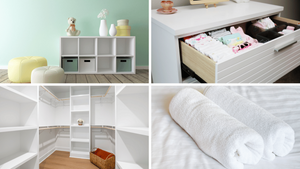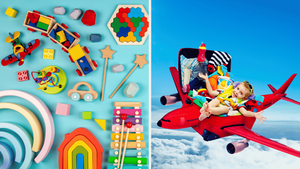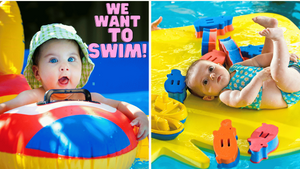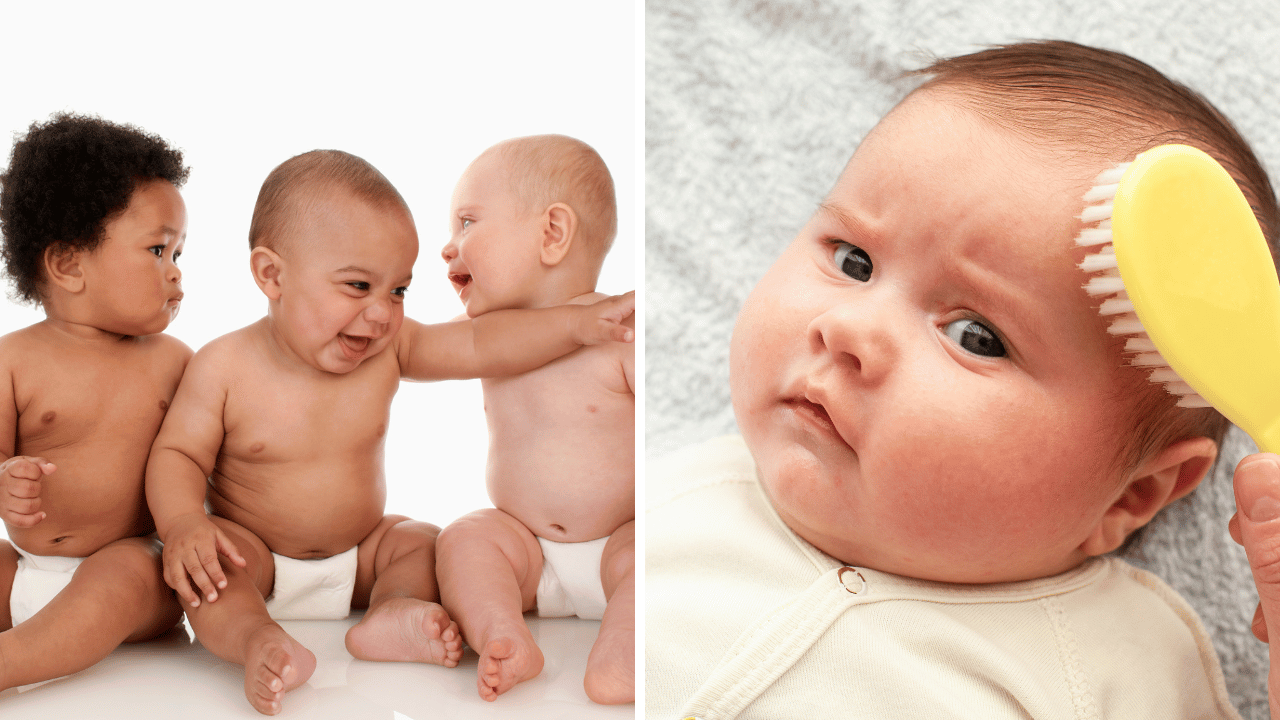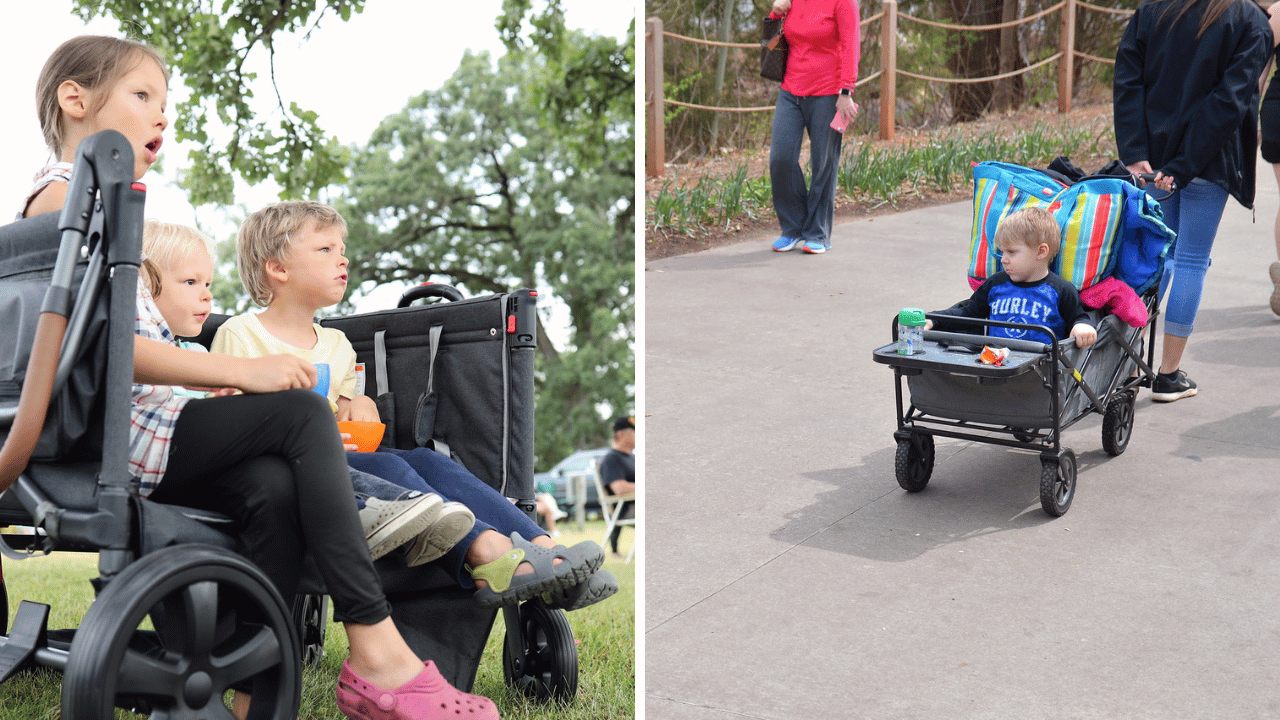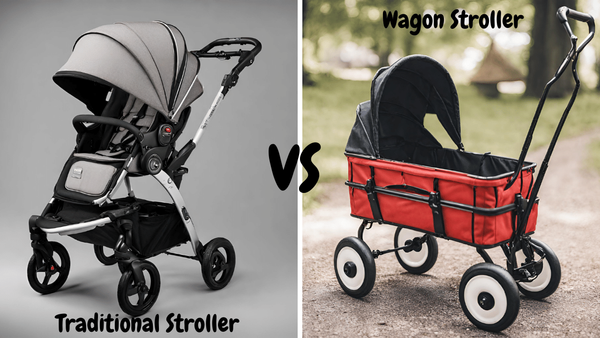Do you want to give your child a jumpstart on learning music? Incorporating musical toys into their playtime can help them acquire valuable auditory development and musicalisation skills. In fact, early experiences with sound are essential for developing the ability to recognize pitch, tonality, rhythm and other elements of music.
This blog post will provide an overview of how musical toys benefit young children as well as a few examples of some popular options available. So if you're looking for ways to introduce your toddler or preschooler to the fun world of music, read on.
What are Musical Toys and Why They Help with Auditory Development
Musical toys are items designed to produce sound and music, including instruments such as xylophones, keyboard pianos, drum sets, tambourines and more. As your child plays with these toys, they will be exposed to different notes and sounds that can help them differentiate between tones. This is essential for building a musical ear, which is the ability to recognize pitch, tonality and rhythm.
Musical toys can also support your child’s language development. Not only does music help them learn new words, but it can also encourage them to start singing or talking as they play. This is especially true for instruments that require them to use their hands in order to make sound, since this encourages motor skills while engaging their hearing.
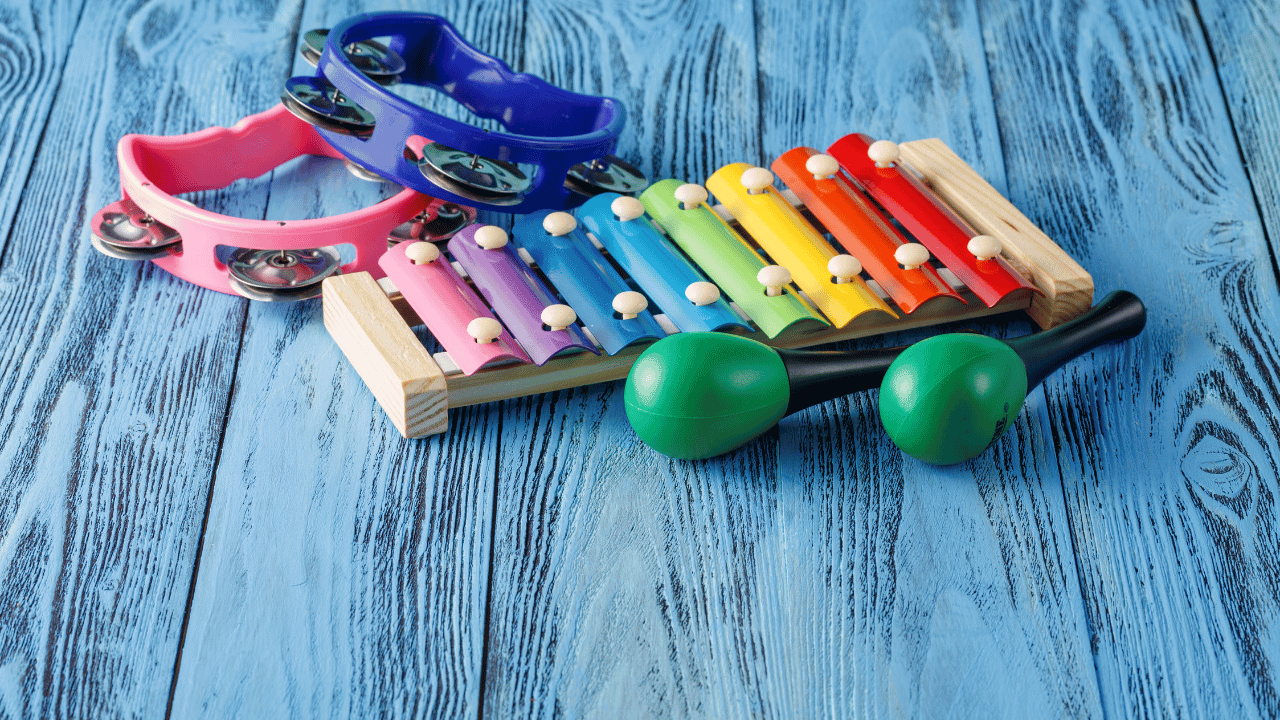
Examples of Musical Toys That Foster Creativity
One of the most popular musical toys is the xylophone, which allows children to explore different pitches and tones. It's also a great way to introduce them to music theory, as they learn how to match notes and create a melody. You may even want to consider buying smaller mallets for little hands before introducing your child to bigger instruments such as a piano or drum set.
Tambourines are another great option for younger children, since they don't require any special instruction and can be used to create a variety of sounds. Additionally, tambourines allow your child to explore different textures and colors, which helps to enrich their tactile experience and encourages creative thinking.
Finally, hand drums are a fun way to help your child develop rhythm and timing. Not only do drums promote physical coordination, but they are also a great way to teach them about different cultures and musical styles.
Benefits of Using Musical Toys for Young Children
Using musical toys with your young child is beneficial in many ways. As they explore different instruments and sounds, it can help them develop an appreciation for music that will remain with them throughout their lives. Music has also been shown to reduce stress and anxiety, while promoting physical development and creativity.
In addition, it can be a great way for kids to bond with their parents or siblings as they learn to play together. With that being said, it's important to provide your child with age-appropriate toys in order for them to get the full benefits.
Plus, incorporating musical toys into your child’s playtime can help them burn off excess energy, while providing a fun and creative outlet. So if you're looking for ways to engage your little one in meaningful activities, don't forget about the power of music.
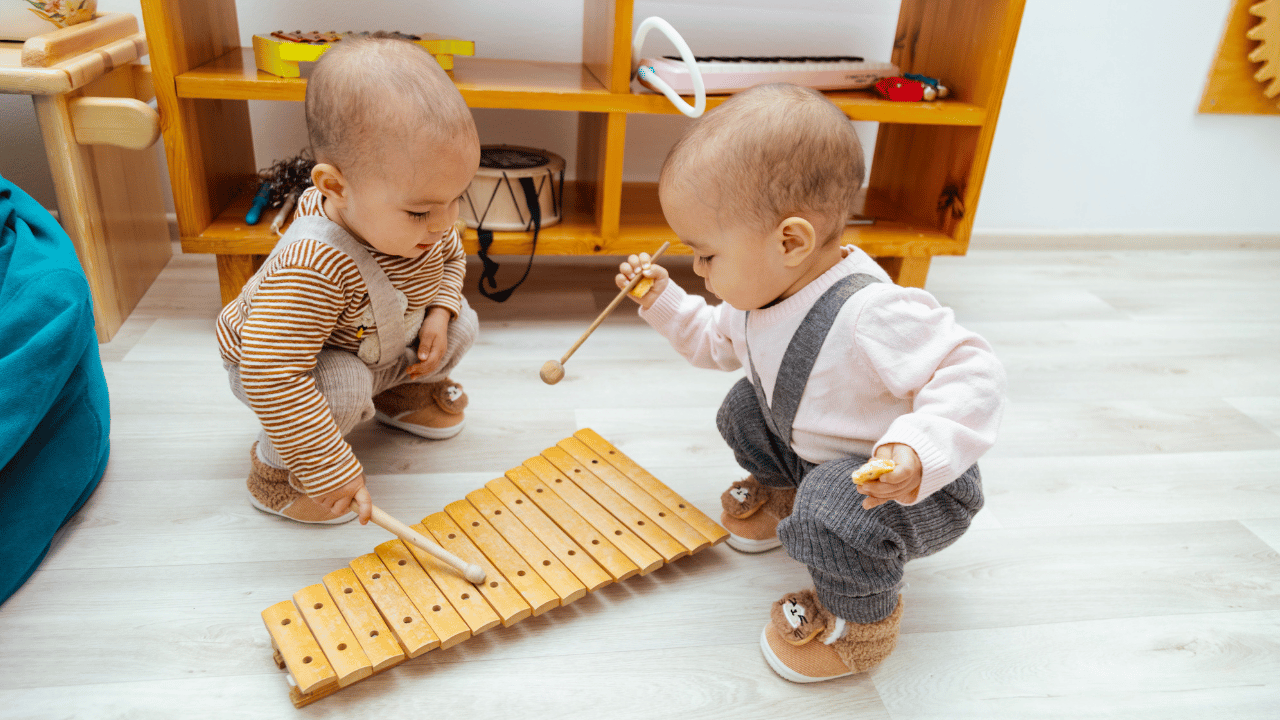
Tips for Selecting the Right Musical Toy for Your Child
When choosing a musical toy for your child, it's important to take their age into consideration. Babies and toddlers are likely to enjoy toys with large buttons that make sound when pushed or pulled. For preschoolers and older children, more complex instruments such as xylophones or hand drums may be more appropriate.
You'll also want to think about the size of the instrument and the type of materials used. Plastic toys tend to be cheaper, but they may not have as much resonance or sustain. Wooden instruments are a better option if you're looking for something that is more durable and able to produce sound with greater depth.
Finally, it's important to think about how easy it is for your child to use the toy. If they are struggling to make a sound, chances are that they won't enjoy playing with it as much. So make sure you choose an instrument that is sized appropriately and has instructions for proper play.
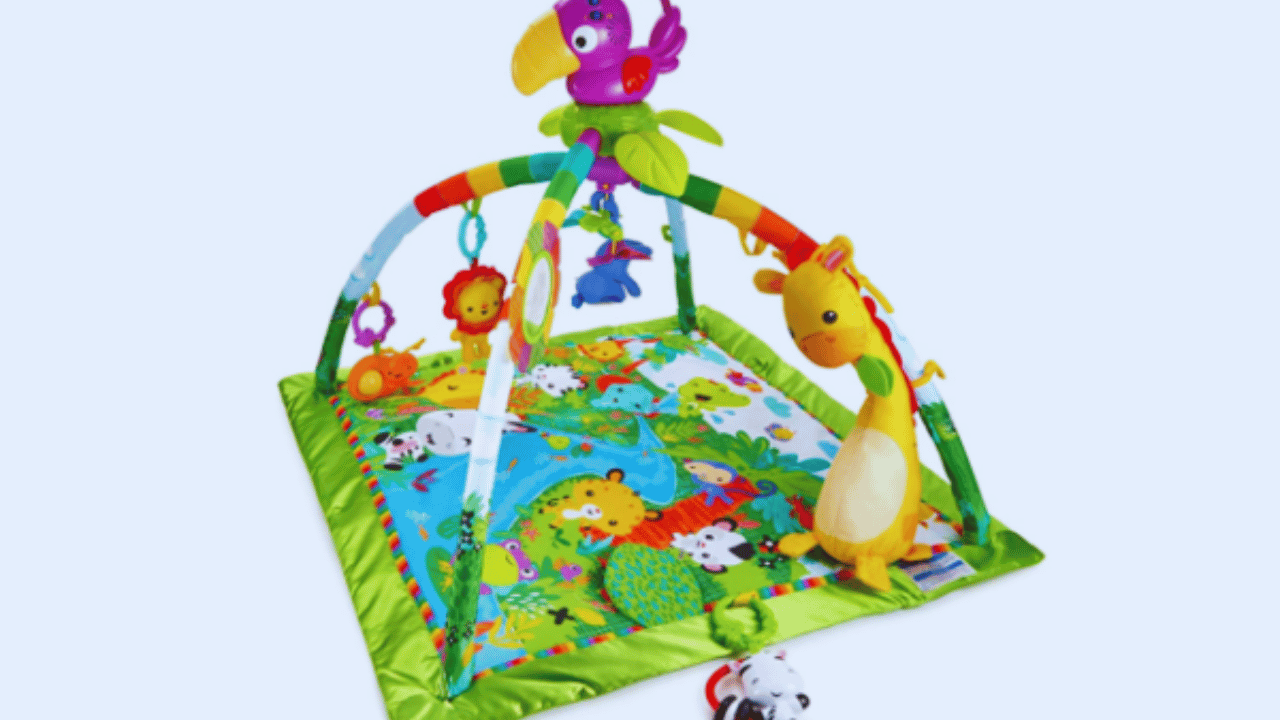
Examples of Recommended Music Toys for Kids
Here are a few examples of musical toys that can help your child develop their auditory skills:
- Hohner Kids Xylophone: This xylophone comes with eight colorful keys and two mallets, perfect for toddlers and preschoolers.
- Wooden Hand Drum: This hand drum has a unique design and is made from high-quality wood. It's perfect for older children looking to explore different rhythms.
- Fisher-Price Rainforest Music & Lights Deluxe Gym: This music and lights gym features a variety of sounds and instruments that your baby can explore.
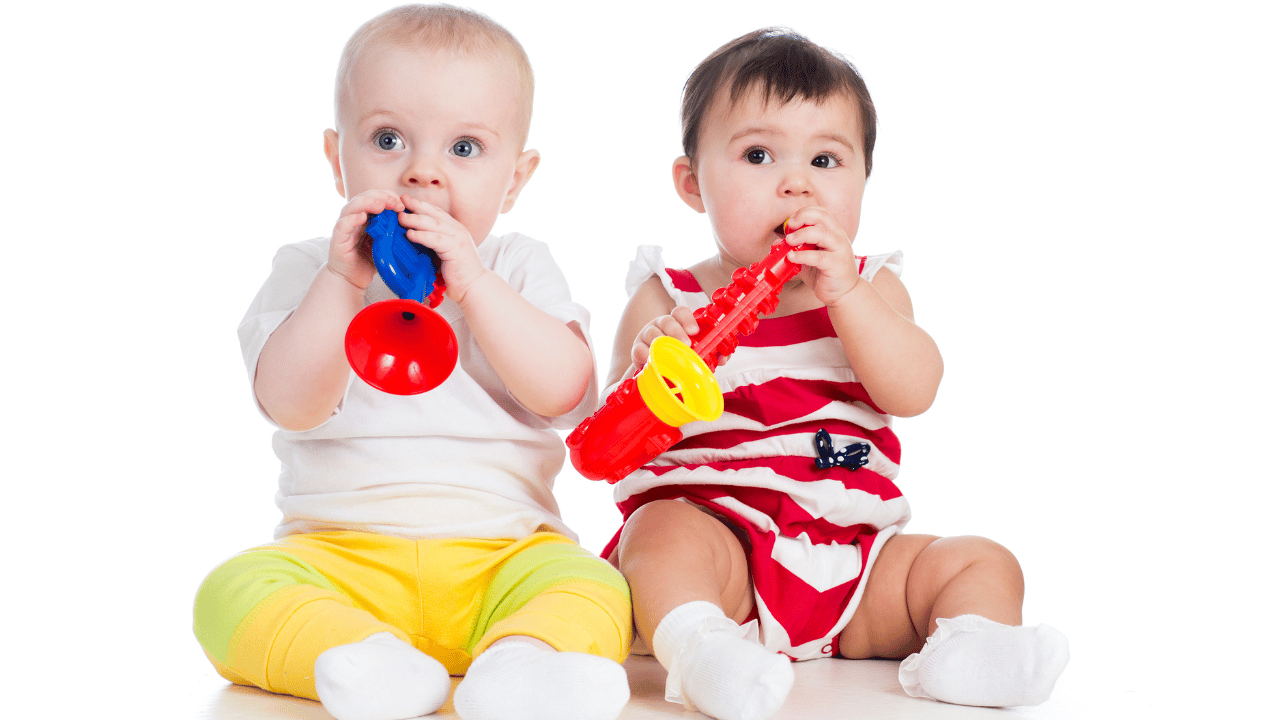
Creating a Creative Environment with Musical Toys
Introducing musical toys into your child's playtime is a great way to foster their auditory development and creativity. Not only will it provide them with an enjoyable activity, but it can also help them acquire valuable skills that will continue to benefit them as they grow. So don't forget about the power of music in helping kids learn and develop.
Plus, musical toys are a great way to get your whole family involved in playtime. Not only does this create opportunities for bonding and communication, but it also encourages cooperation between siblings and teaches young children how to take turns.
So start introducing musical toys into your child's playtime today and watch as they explore a world of sounds and melodies! With the right guidance and encouragement, they can learn to use music as an outlet for creativity and expression.
Musical Toys FAQs
Do musical toys help with language development?
Yes, musical toys can help your child develop their language skills. Not only does music help them learn new words, but it also encourages them to start singing or talking as they play. This is especially true for instruments that require them to use their hands in order to make sound, since this engages their hearing and helps foster motor skills.
What age is appropriate for a child to start playing musical instruments?
It depends on the instrument. For instance, it's best to introduce babies and toddlers to toys such as xylophones or tambourines that don't require any special instruction and can be used to create a variety of sounds. Older children may be ready for more complex instruments such as pianos or drums.
Are there any risks associated with using musical toys?
No, musical toys are safe for children of all ages if they're age-appropriate and used in a supervised environment. That being said, it's important to note that certain sounds can be loud and could cause damage to sensitive ears. So it's important to monitor the volume and make sure that your child isn't playing too loudly.
Final Thoughts
Musical toys are a great resource for learning and fun. Not only do they foster auditory development, but they can also help bring music and rhythm into your child's everyday life at an early age. Whether you want to teach kids about how to properly play musical instruments or simply let their creative juices flow, these toys offer endless possibilities of enjoyment.
Besides educational toys, there is also a range of engaging musical sets including drum sets and keyboards suitable even for young children that will keep them amused. As parents, we should always be mindful of the products we purchase, especially when it comes to our children’s development; with this in mind, choosing the proper musical toys for them is the way to go.
There are many options out there and finding the perfect one shouldn’t be a difficult task as long as you consider your children’s preferences. And who knows? One day those same little ones could be rock stars!


